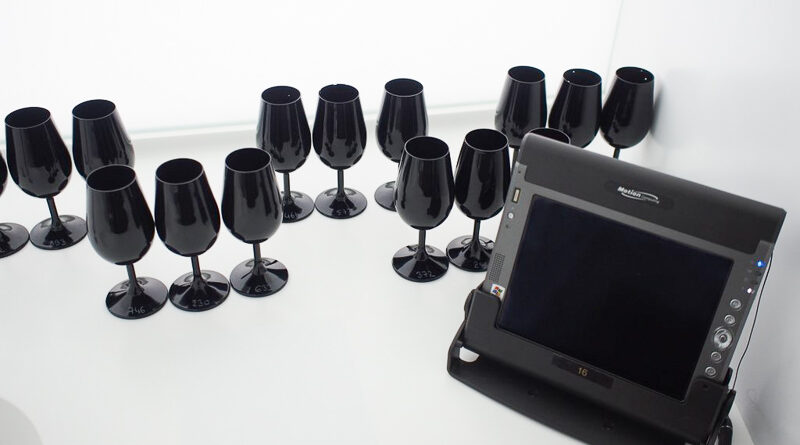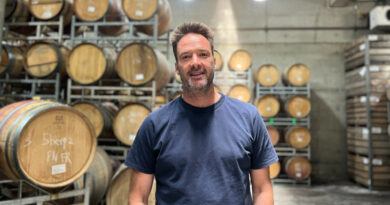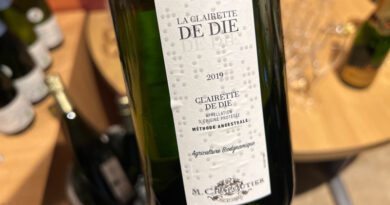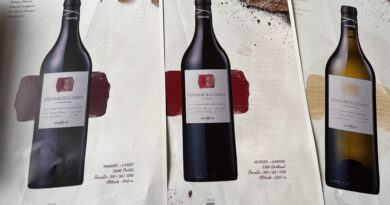Personal preferences versus professional evaluation: why we need to distinguish them
A frequent online discussion about wine goes like this. Someone relatively inexperienced about wine gives a big thumbs up to a simple, rather obvious big brand wine. Say, a mass market Australian Chardonnay brand that we’ll call wine X.
A discussion ensues, and at one point a more experienced drinker – maybe a wine trade person – steps in and says why don’t you try wine Y instead of this – it costs about the same, or maybe just a little more, and it’s a much better wine. You might like it more.
Then there’s a reposte, perhaps from another wine trade person, criticising this intervention. If this person likes wine X, then who’s to say they are wrong? Why is wine Y ‘better’: after all, wine is subjective. Like what you like, and don’t you dare tell anyone their taste is wrong – that’s why the wine trade is in trouble, because we keep telling consumers that they’ve got it wrong.
This argument does seem to have a ring of truth about it. Personal taste is – well – personal. Maybe the wine trade has a problem when it starts going on about how some wines are better than others. Who is to say that someone is going to like a Grand Cru white Burgundy from a good producer more than 19 Crimes Chardonnay? As a wine trade, aren’t we too focused on ranking and ‘the best’, when shouldn’t we be promoting all wines, and encouraging people to drink what they enjoy?
Up to a point. The problem here is that we’ve confused two very different things, and it leads to painful debate and confrontation.
Personal preference needs to be separated from professional evaluation. The two are very different.
Of course, if we are talking personal preference, then there is no right and wrong. As an individual you are free to like whichever wines you like, and it would be impolite – and entirely out of place – for me to comment on your tastes. This is perhaps why some people bridle whenever wine critics judge wines with anything other than praise, because they mistakenly believe that wine criticism is about judging the tastes of others.
The misunderstanding here is that some fail to recognize the difference between expressing personal preferences and engaging in professional evaluation.
If all I was doing when I was writing about wine was expressing a personal preference – telling you which wines were to my taste and which wines weren’t – it would be a bit arrogant. If taste is completely subjective, then who cares what I think? My views are just autobiography.
But with wine there is a time when as professionals (or experienced consumers) we engage in professional evaluation. There is a degree of objectivity involved here, and the idea is that as a community of judgment (a term coined by Ole-Martin Skilleas and Douglas Burnham in their book on the aesthetics of wine) we seek to make an aesthetic evaluation of wine that we believe is – to a degree – normative, and which is separate (as much as we can do this) from our own personal preferences.
And to partake in this community effort that is the assessment of the aesthetics of wine, we need to have certain competencies. We taste widely. We study. If we can, we visit wine regions, to put wines into context. We gather a set of data points, and the harder we work at honing our palates and our understanding of wine, the better able we are to contribute to the work of assessing wine.
And in the professional evaluation of wine, all opinions aren’t equal, and there are some rights and wrongs.
You can sit me down in front of a flight of wines of a similar style. Say 20 Pinot Noirs from Central Otago. I’ll go through this flight, and if you ask me to I will rank them in terms of quality. And when I’ve got my ranking, you can quiz me on it, and I’ll be able to give you some justification as to why I put one wine at the top, and one wine at the bottom. You can ask a skilled fellow professional to do the same task, and I reckon that we will probably come up with a similar ranking. There may be differences – that’s not unexpected in wine – but we can discuss them. And then, after our discussions, we can come up with a revised joint ranking that will probably be more robust than each of our individual rankings. This is professional evaluation. It’s hard to do well, because assessing wine quality is challenging: being a good wine judge isn’t easy. But it can be done.
Now take that same flight of wines and put it in front of a regular wine drinker, and they will be able to rank them according to how much they like them. They might not be able to articulate why they like them: it’s hard to put into words. That is personal preference, and it is a very different activity. In the professional evaluation, my colleague can tell me that they think I am wrong – maybe I gave a wine a high score and they think I have missed that the oak is unbalanced and the volatile acidity is a little pronounced. But when the consumer ranks by personal preference, that is their choice, and no one can say they are right or wrong.
This is why the idea of a wine competition judged by consumers – which sounds appealing to some – is quite a bad idea. Judging wine – professional evaluation – is a different activity to expressing personal preference. Inexperienced judges, lacking skills and competencies that take work and time to achieve, are likely to produce inconsistent and random results. Significantly, too, the concept that consumers are best placed to judge wine because they are the ones who buy it, is flawed. In this case, they should be drinking the wine, not just tasting it and spitting, in the context in which they normally drink. Consumer evaluation of wine in a tasting lab with a small sample in the middle of many other small samples is not likely to give the same results, because it is stripped of context.
If we can’t separate personal preference from professional evaluation, then our discussions are going to be meaningless.




